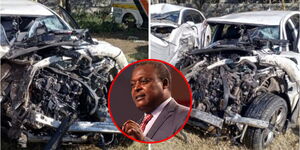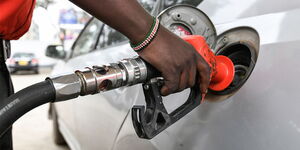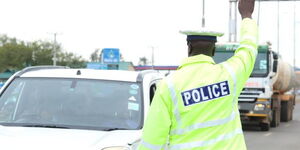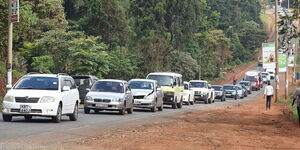Most parts of the country started receiving heavy downpour on Thursday, March 16, with the rains expected to persist for two months.
The rains have coincided with a record-high price of fuel and a high cost of living. According to The Energy and Petroleum Regulatory Authority (EPRA), super petrol is retailing at Ksh179.3 per litre in Nairobi with diesel and kerosene going for Ksh162 and Ksh145.95 per litre respectively.
With more pain at the pump, motorists are exploring smart ways of saving on fuel.
Kenyans.co.ke compiled four ways in which you can save fuel when driving in rain as well as enhance your safety.
Avoid quick acceleration
Quick acceleration or fast braking can increase fuel consumption by 33 per cent. Increase in fuel consumption with increased acceleration rates occurs because of the increased energy demand.
Many drivers during the rainy season are forced to fast brake due to poor visibility.
Give yourself room between you and the vehicle in front to avoid instant braking. .
Avoid water pools
Water pools are dangerous as they can cause your vehicle to get stuck or hydroplane leading to high fuel consumption.
Hydroplaning happens when water gets in front of your tires faster than the weight of your car can move it out of the way. This leads to your vehicle losing grip on the road surface and instead moving on a film of water sitting on top of the road.
Tyre condition
Worn-out tires are not only an accident risk during the rainy season, but can also cause your car to consume more fuel.
Worn-out tires do not provide the necessary groove when driving in the rain while unaligned tires can create unneeded friction while driving which can lead to using more fuel. If the alignment is off, it makes the car work harder when you are steering, which means it uses more fuel.
Basic emergency supply
Every time you drive in the rain, always put into consideration that you can spend extra hours on the road.
This is because accidents are commonplace in bad weather and engine idling in a traffic jam is costly in terms of fuel consumption. In a traffic jam, the driver will be in low gears which require higher torque, which increase consumption. Movement in a jam is also slow which causes uneconomical fuel burning.
Before going out, confirm if the road you are planning to use is passable.












